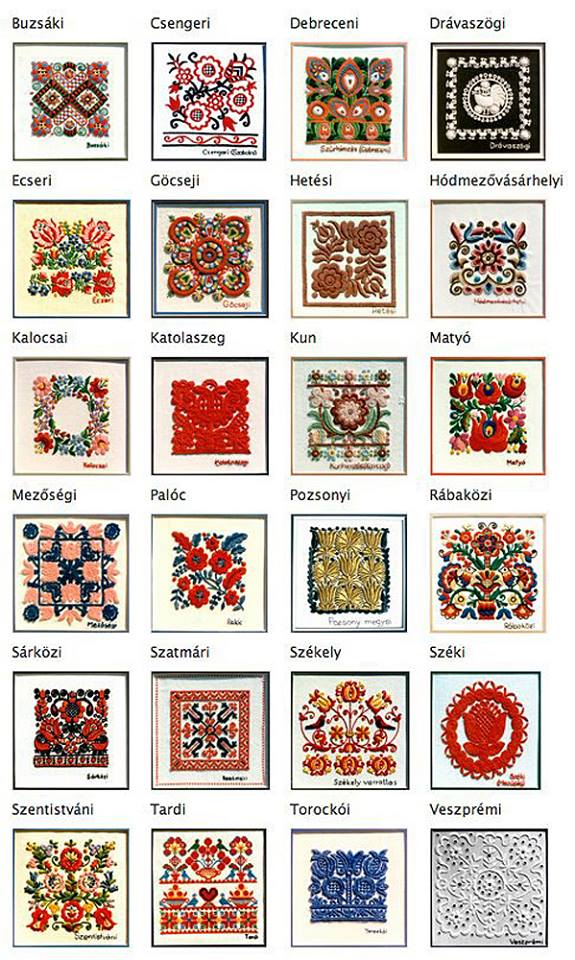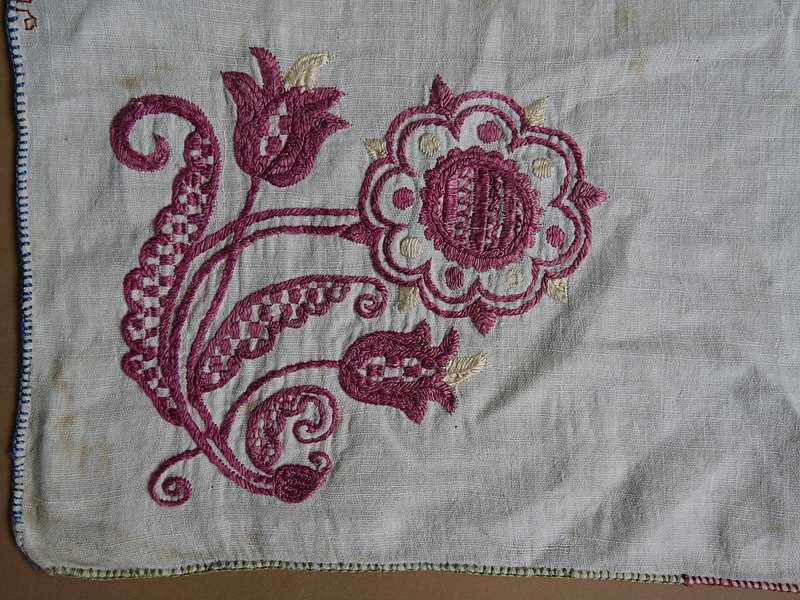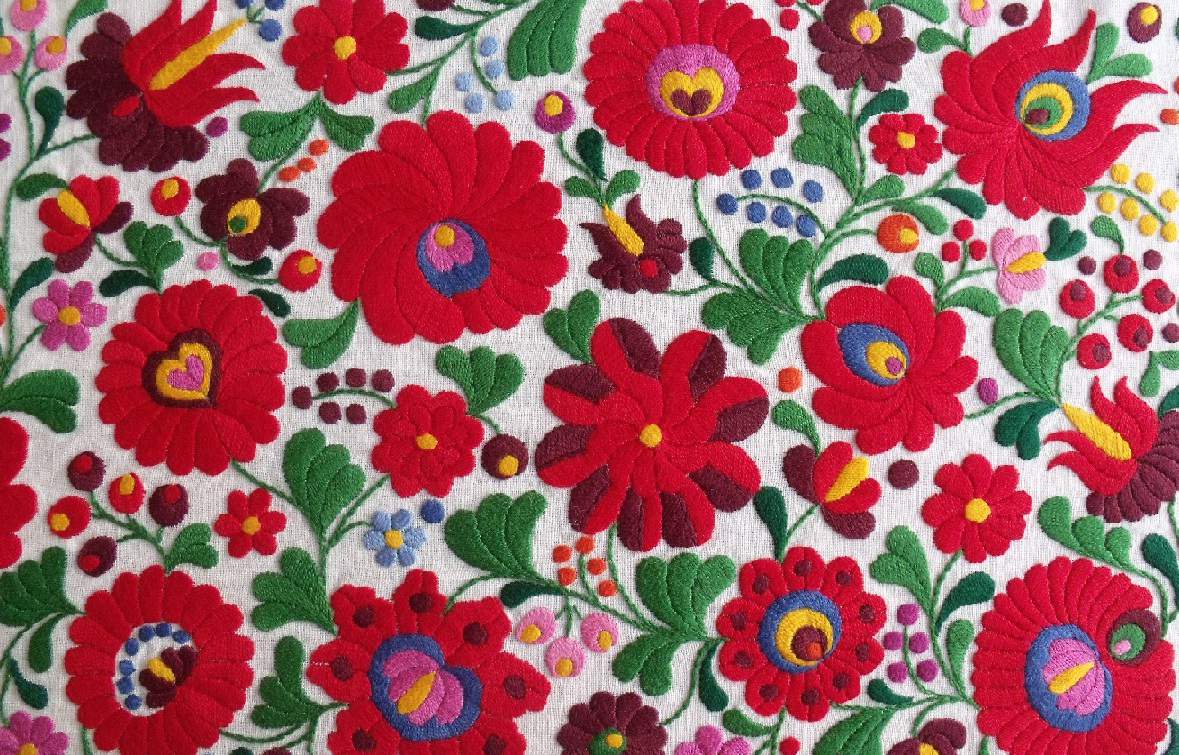Embroidery — an underrated part of Hungarian culture
Hungarian embroidery has many styles, many shapes and many colours. It is pure art on a piece of fabric, so why is it so unrated and underappreciated? Let us take a look at the history of Hungarian embroidery and the many varieties of it.
Embroidery is a decorative process in which a piece of fabric is decorated with some colourful threads, by sewing the thread onto the fabric in various shapes. According to relics, embroidery could have been around since ancient time. In Europe, the oldest surviving embroideries are from the Middle Ages, around the 11-12th centuries. At that time, the golden and silver embroidery was very fashionable.
In Hungary, embroidery started spreading in the 18th century, especially after the Industrial Revolution. Maria Theresa even made embroidery an obligatory subject at school. In the 20th century, people covered their pillows, tapestry and table cloths in beautiful embroidered motifs. Today, it somehow found its way onto our clothes and into fashion.

Photo: https://www.facebook.com/ancient.hungary/
Gentlemen’s embroidery typically refers to a Hungarian embroidery type, which developed in Renaissance Hungary and was influenced by West European and Turkish embroidery culture. The fabric was usually expensive linen, and it was embroidered with silk or metal thread. As its name suggests, only the wealthy could afford it.

Photo: Wikimedia Commons
The motifs vary from place to place, but the most popular ones are:
- geometric shapes (circles, triangles, squares)
- flora (mostly flowers)

Photo: Wikimedia Commons
- animals (birds, deer)
Some more rare ones are people and objects, such as bows, flowerpots or plates.
If you happen to have clothes with embroidery on them, here is a useful tip for you: embroidered fabrics should be ironed inside out with the steaming process.
Read about how Kalocsa embroidery inspired an Arabic designer HERE and how it is taking over Bangkok HERE.
Featured image: bokik.hu
Source: Daily News Hungary
please make a donation here
Hot news
Yay or nay? – 6 odd Hungarian delicacies that make our skin crawl
Budapest tourism “exploded” this past weekend
Container transport in Budapest may stop: How will this affect Hungarian economy?
Minister: Hungary will protect its territory by every means possible
Orbán cabinet may double airspace fee: another ticket price increase?
Hungary expanding the list of prohibited designer drugs




